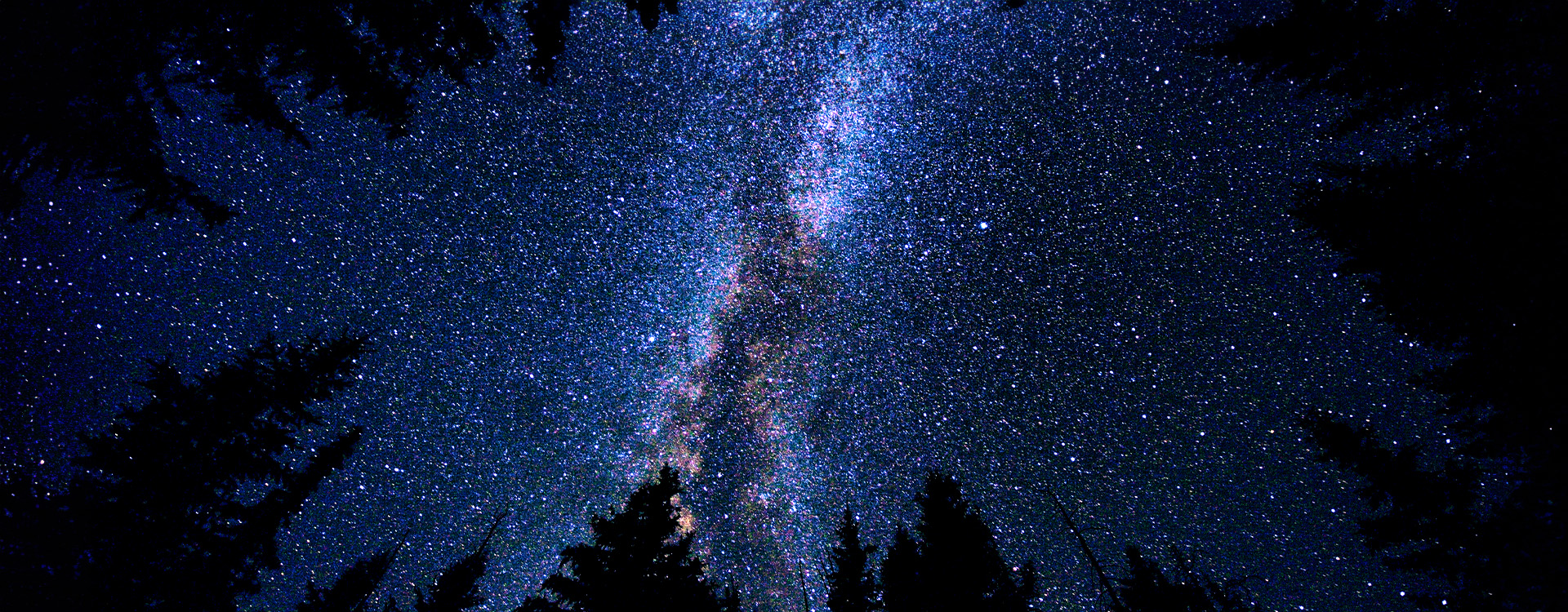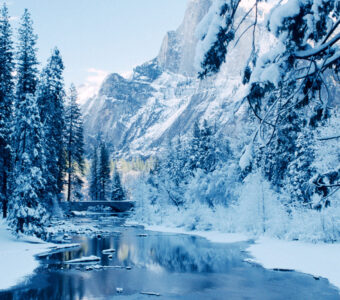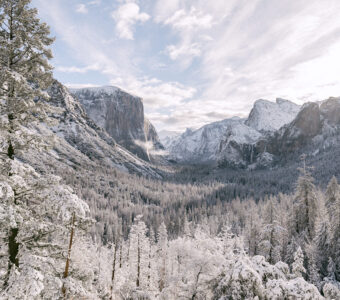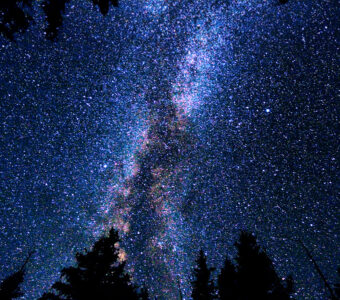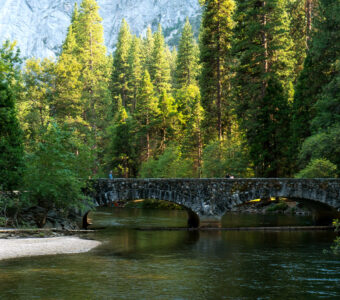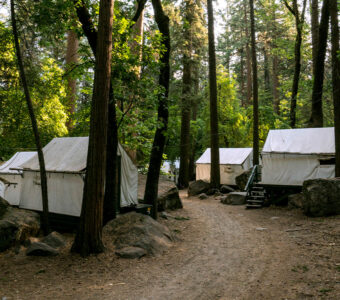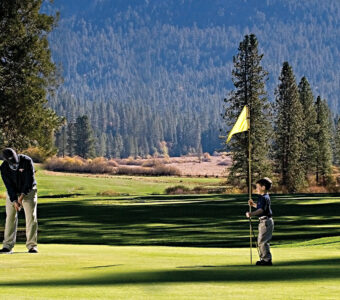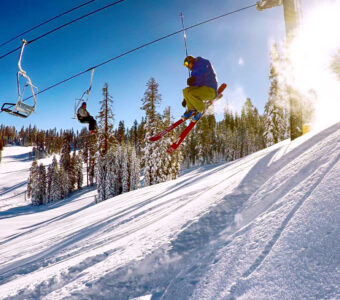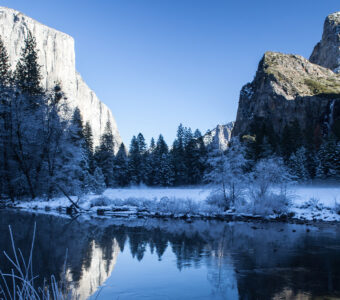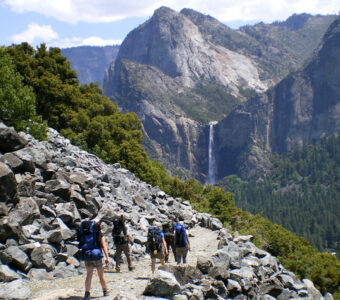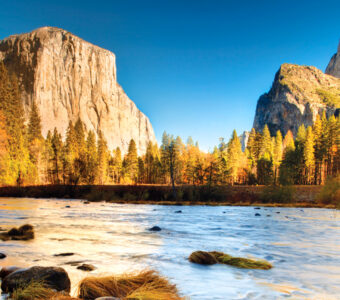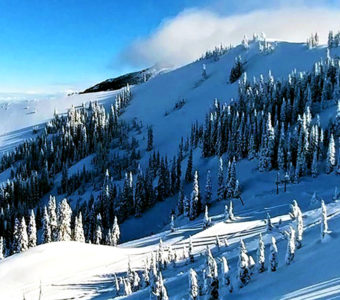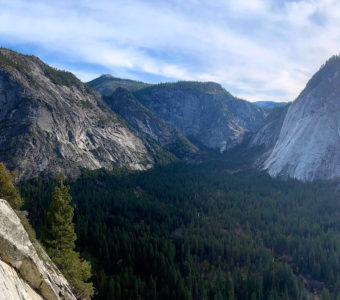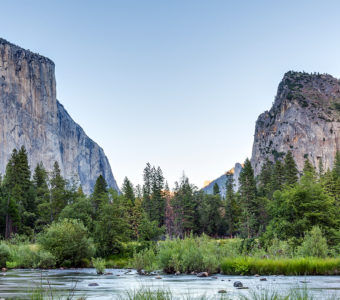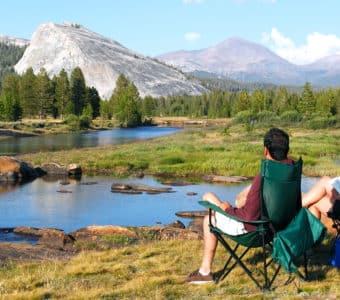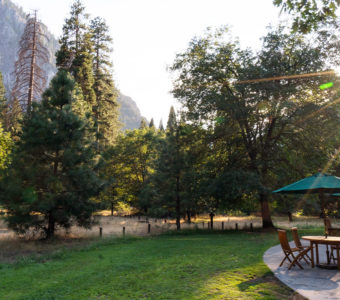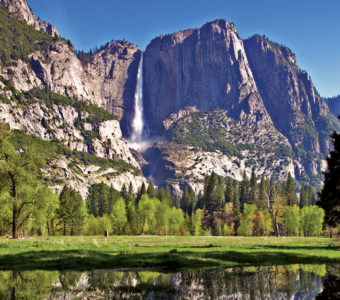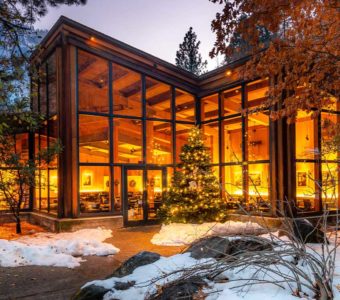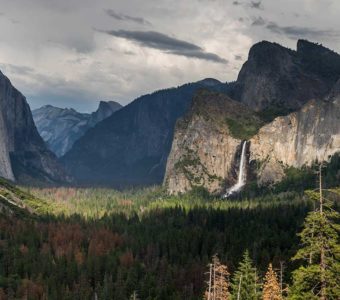One of the truly awe-inspiring elements of nature is the sheer size of it. When we immerse ourselves in the experience of being in nature, the scale and beauty of the landscape is what pulls us in. During the day, you can be dwarfed by redwoods, feel small in the shadow of Half Dome, and bask in the power of water at Yosemite Falls.
Where the true power of scale comes into play is at night. When you turn your eyes skyward after the sun sets in Yosemite National Park, you’ll find an expanse of stars, brightly shining planets, and maybe even catch a glimpse of our own Milky Way galaxy. With clean air, minimal light pollution, and wide open skies, Yosemite is a great place to stargaze.
Yosemite National Park is so much more than the famous sites and monuments. Once the sun goes down, the show begins. You won’t want to miss it.
Night Time Nature Programs
If you’re planning a trip to Yosemite National Park, you’ll want to save some time to stay up late and watch the breathtaking wonder of the night sky unfold around you. To enjoy the night sky to the fullest, download a star chart app to your phone and explore on your own, join a guided tour, or make friends with amateur astronomers who congregate in the best stargazing spots around the park with telescopes.
Throughout the year, you can join rangers on a guided tour of Yosemite National Park after dark. Be sure to dress for the weather, as it can get cool when the sun goes down. These programs happen regularly, year-round. If you happen to be in the park on a new moon or full moon, check for special ranger programs.
Yosemite After Dark
Most visitors to Yosemite only get to enjoy the park during the daylight hours. But that’s only half the fun! Join a park ranger for Yosemite After Dark for a 1.5-hour walking tour to learn about nocturnal animals, constellations, and what happens in nature once the sun sets.
Explore Yosemite’s Night Sky
The wide expanse of the night sky in Yosemite is not to be missed. On this tour, a naturalist will point out planets and share information about star science, light speed, meteors, and the traditional myths and stories around constellations. The hours vary for this tour based on the season and sunsets, so check the ranger station when you arrive to find out more.
Best Places for Stargazing in Yosemite
When it comes to stargazing, the most important things you need are a dark area and clear skies. As long as you can get away from lights and obstructions such as trees, buildings, and clouds, you should have a wonderful viewing experience.
Below, you’ll find some of our visitor’s favorite places to stargaze in Yosemite National Park.
El Capitan Meadow
One of the most well-known sites in Yosemite is El Capitan. The sheer cliff face is famously difficult to climb and from the ground, seems to reach directly into the sky. While it’s impressive during the day, it’s not to be missed at night.
The granite expanse of El Capitan juxtaposed with the sparkling tapestry of the night sky is awe-inspiring. When visiting El Capitan Meadow, be sure to stay on the trails and boardwalks to protect the delicate ecosystem.
As your eyes adjust to the darkness, you’ll be able to see thousands of stars across the sky. Use an app on your phone to find familiar constellations and learn about the night sky. If you look toward the southwest, during the summer months, you’ll see the Milky Way above Cathedral Rocks. And, if you turn back to look at El Capitan, you might be able to spot the lights of climbers who are settling in for the night, high up on the face of the mountain.
Glacier Point
Glacier Point is a favorite spot for stargazers and amateur astronomers. If you drive up in the evening, you might find many other star enthusiasts viewing the night sky. This area is also wheelchair accessible, so it’s easy to navigate for most visitors. From Glacier Point, you’ll be able to see Yosemite Valley, Half Dome, Yosemite Falls, and the high country.
Arrive in the evening and enjoy the stars as they emerge or arrive just before daybreak and enjoy sunrise from this spot.
Olmstead Point
During the summer, you’ll be able to see the core of the Milky Way and access Yosemite’s high country. A favorite viewing spot for stargazers during the summer is Olmstead Point. A 40-mile drive from Yosemite Valley, be sure to leave yourself plenty of time to arrive before full dark sets in.
From Olmsted Point, you can watch as the starry show unfolds itself above Clouds Rest and the backside of Half Dome. While the drive may be long, it’s well worth the trip to view our galaxy spread across the sky and the twinkling of stars often too dim to see elsewhere.
Cook’s Point
Pack your folding chair or blanket and head to Cook’s Point, where you can park and make a short trek to Cook’s Meadow. There, you’ll be surrounded by the sounds of crickets as the stars sparkle into existence as the sun sets below the horizon. The granite monoliths of Yosemite create a natural frame for the night sky as it unfolds overhead.
If your timing is just right, you may be able to catch a very rare natural phenomenon: moonbows. On full moon nights during the late spring and early summer months, the strong water flow creates mist which is diffracted in the moonlight, creating a moonbow.
While much of the focus for activities and things to see in Yosemite National Park is on daytime adventures, there’s so much more. After the sun goes down, you can experience the wonder of the expansive night sky as the stars, planets, and meteors spread out overhead. If you’re lucky, you might just spot a shooting star, catch a moonbow, or see the Milky Way. If you’re planning a trip to Yosemite, don’t miss the wonders of the night sky and the incredible stargazing.
